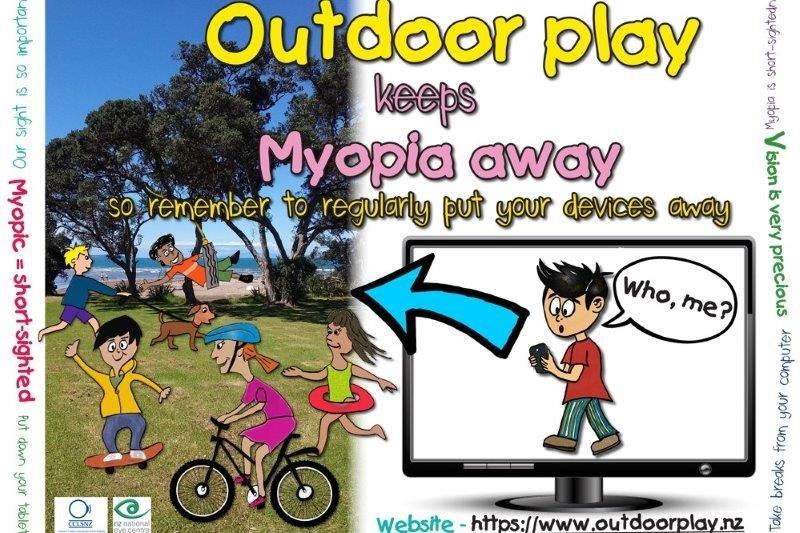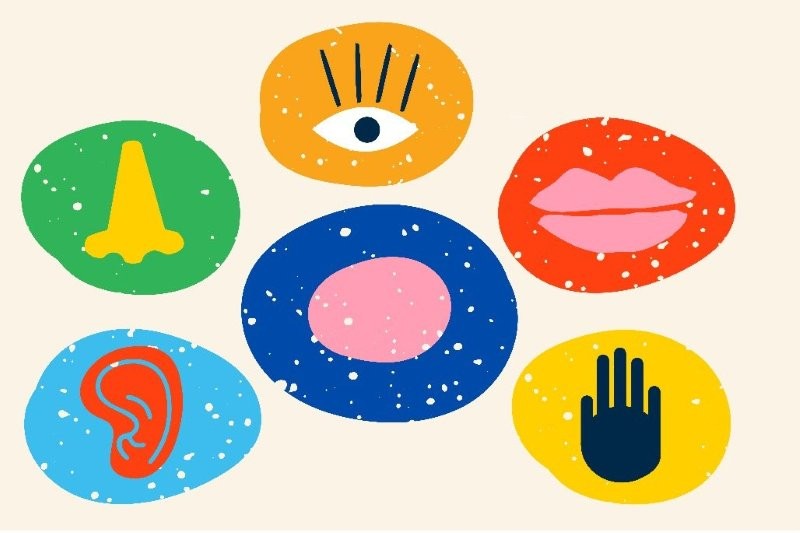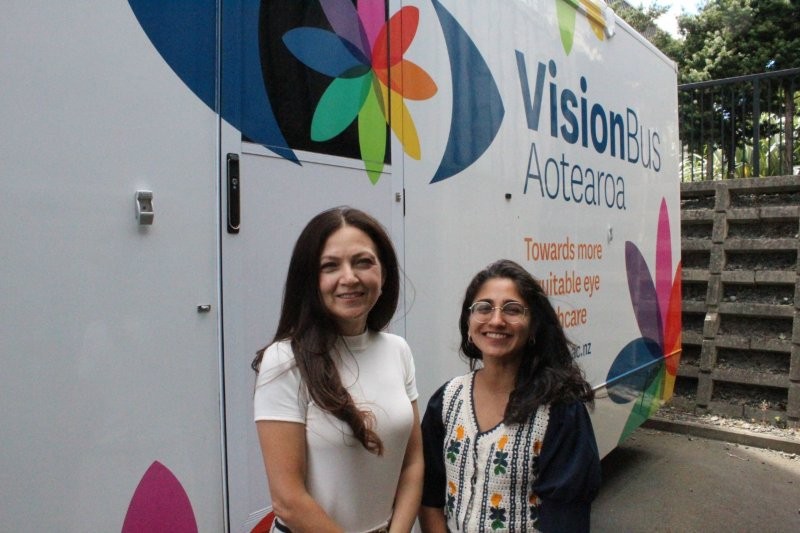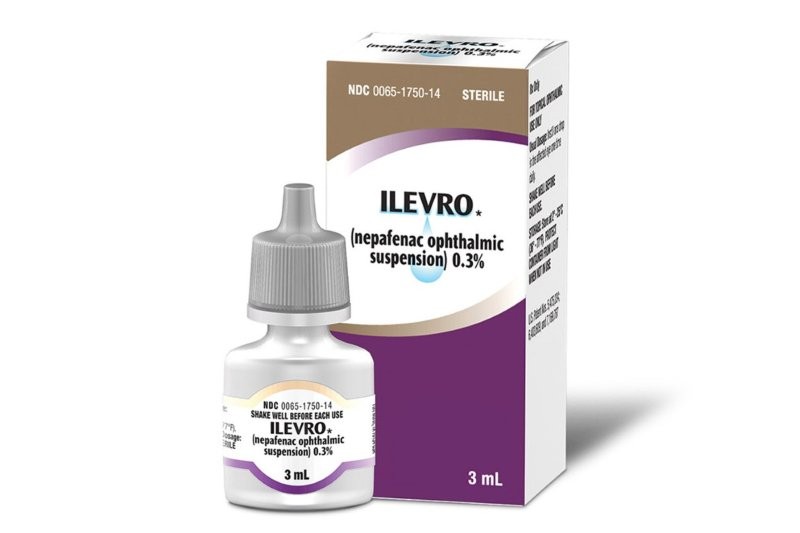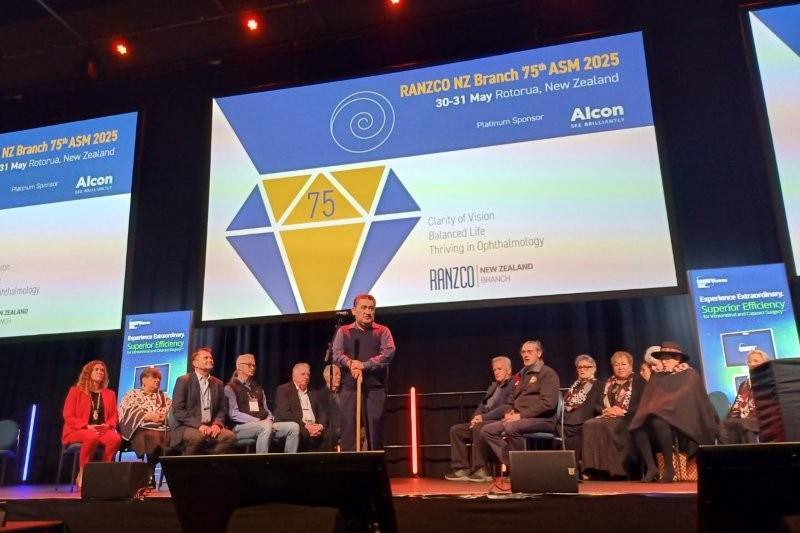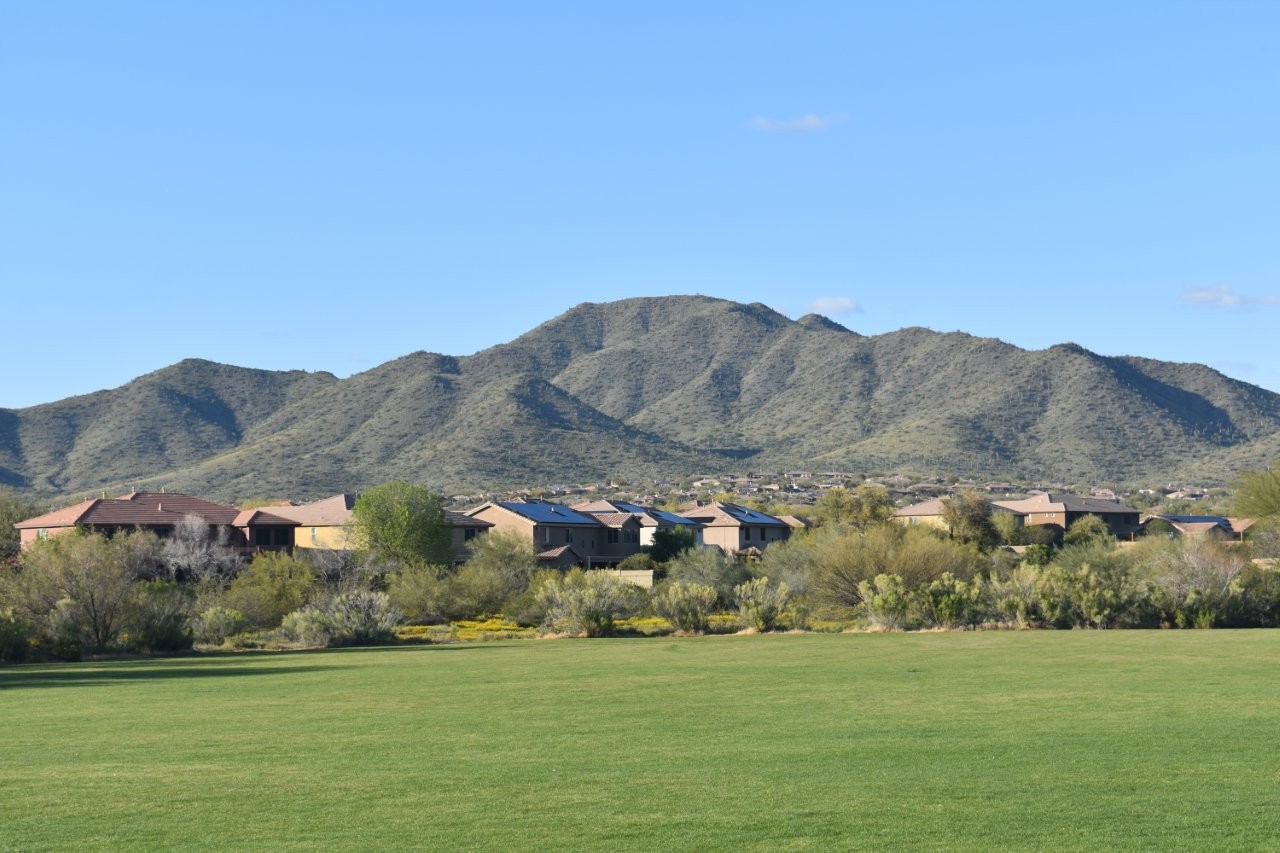Light at the end of the lockdown tunnel
Roughly one year ago, the nation and the world were catapulted into our brand-new world of Covid-19 lockdown and home confinement. Fears began to surface regarding potential health issues such as an increased risk of domestic violence, alcohol abuse and mental health challenges. From an eyecare perspective the myopia epidemic, arguably the most concerning ocular health trend developing this century, all of a sudden had government-mandated conditions in which to flourish.
Colleagues around the world with an interest in myopia hurried to try and advise the public of the possible perils of lockdown on their kids' eyes¹; a fear borne out by research now emerging assessing the effects of Covid-19 lockdowns on myopia, which paint a concerning, but not surprising, picture.
Lockdown and myopia progression in 2020
In January 2020, in response to the Covid-19 outbreak, the Chinese government started a nationwide school closure which lasted until May. It is estimated that more than 220 million school-aged children were confined to their homes, with only online learning available. Wang et al² examined the non-cycloplegic refraction screening results of more than 100,000 children aged six to 13 years old. Results showed that a substantially higher level of myopia (approximately −0.3D) was found in the 2020 school-based photo screenings after this lockdown period compared with previous years (2015-2019) for younger children aged six (−0.32 D), seven (−0.28 D) and eight (−0.29 D) years (Fig 1). The prevalence of myopia in 2020 was also higher than the highest prevalence of myopia from 2015-2019 for children aged six (21.5% vs 5.7%), seven (26.2% vs 16.2%) and eight (37.2% vs 27.7%) years.
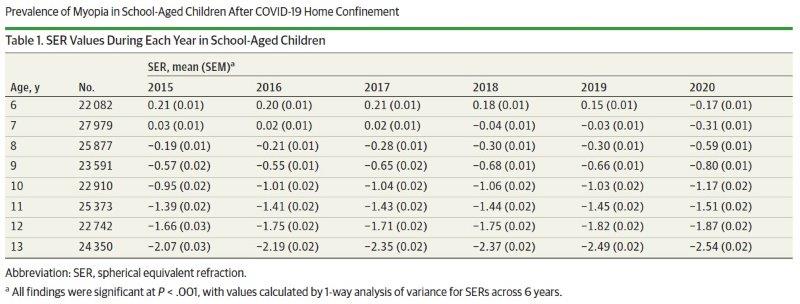
Fig 1. Four-month home confinement led to higher myopia on average in 2020 compared to previous years, especially in younger children, suggesting they are the most susceptible to environmental myopia risks²
Although this study is not without its limitations (no cycloplegia, no control for existing myopia-control treatments), it does suggest that especially with younger children, lockdown increases the risk of myopia, most likely because of the challenges of keeping kids entertained and educated at home without indoor digital devices, and the difficulties with allowing sufficient outdoor time while maintaining safe social distancing. In various parts of the world, lockdowns continue, suggesting these results could be the tip of the myopia iceberg for some populations.
Outdoors and myopia at GSLS 2021
These findings dovetail nicely with a discussion about outdoor time and its effect on prevention and progression of myopia at the Global Contact Lens Symposium (GSLS) conference, traditionally held in Las Vegas though virtual this year. There was a glut of education on offer for those who tuned in, including a number of talks on myopia. Dr Scott Read offered some of the most relevant research, especially given the current Covid-19 pandemic, by exploring the effect of outdoor time on myopia.
Multiple theories exist as to the mechanisms behind the apparent protective effects of outdoor time, including reduced near work, outdoor dioptral levels reducing retinal hyperopia, increased vitamin D levels, improved physical activity and regulation of circadian rhythms. However, the level of outdoor light appears to play the greatest role, a theory which is strongly backed up by animal models showing lower myopia with increasing light exposure³.
To confirm this relationship in humans, Dr Read’s research group measured children’s daily light exposure and tracked their myopia over 18 months3. Those with low light exposure (less than 56 minutes exposed to >1,000lux) showed a 0.1mm (59%) greater axial eye growth than the moderate and high light exposure groups (p=0.01).
This finding may also explain some of the geographical differences in myopia around the world, especially in Southeast Asia, where, for example, in Singapore 60% of 12-year-old kids have myopia (Saw et al, 2004) compared with only 14% of kids in Australia (French et al, 2013). Read’s group used the same sensors in children in these two countries and found Australian children experienced significantly longer daily outdoor light exposure (105 ± 42 min/d) than Singaporean children (61 ± 40 min/d; p=0.005), with the largest differences found on weekdays during school hours (Fig 2)⁴.
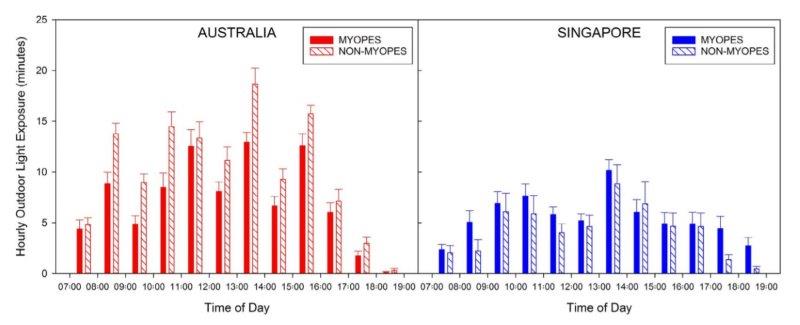
Fig 2. Australian children receive higher light levels during the day compared to Singaporean kids, which likely explains the lower myopia levels seen outside Asia⁴
A number of trials in recent years have looked to take advantage of these findings by increasing light levels as an intervention to decrease myopia. This could be achieved by incorporating extra recess times during the school day, or by parental and teacher encouragement of outdoor activities during play and down-time. A meta-analysis from 2020 collating five randomised controlled trials showed that outdoor interventions in children can significantly reduce myopia development and reduce progression in spherical equivalent and axial length⁵.
Of course, we can’t forget about the harmful effects of UV exposure to kids embracing their outdoor time – we don’t want a new epidemic of emmetropic melanoma in 30 years’ time! Fortunately, Lanca et al 2019 showed that even with sun protection measures (think slip, slap, slop, wrap!), light levels reaching the eye were still above the threshold for myopia prevention. Indeed, animal studies show that high-light levels devoid of the UV spectrum are still effective at controlling myopia.
In conclusion
Outdoor light exposure of less than an hour a day is a risk factor for myopia in children. Clinically we should be recommending Kiwi kids spend two hours a day outside to prevent the onset of myopia and to slow any further change in existing myopes as an adjunct to other myopia-control strategies. Fortunately, in New Zealand this should not be as much of a challenge as in more urban areas of the world. However, with the unknown future pressures on our normal lifestyles in this turbulent time and the ever-increasing appeal of indoor digital entertainment, we have to be vigilant as eye-care professionals and parents to share the ‘two-hours outdoors time’ message and ensure our kids see the light!
References
- The American Academy of Ophthalmology and, closer to home, Bay Eye Care warning parents of the perils of lockdown: www.aao.org/young-ophthalmologists/yo-info/article/preventing-myopia-during-the-covid-19-pandemic and https://www.bayeyecare.co.nz/news
- Wang J et al. Progression of myopia in school-aged children after Covid-19 home confinement. JAMA Ophthalmol. 2021 Jan 14:e206239
- Read SA, Collins MJ, Vincent SJ. Light exposure and eye growth in childhood. Invest Ophthalmol Vis Sci. 2015 Oct;56(11):6779-87
- Read SA, Vincent SJ, Tan CS, Ngo C, Collins MJ, Saw SM. Patterns of daily outdoor light exposure in Australian and Singaporean children. Transl Vis Sci Technol. 2018 May 29;7(3):8
- Cao K, Wan Y, Yusufu M, Wang N. Significance of outdoor time for myopia prevention: a systematic review and meta-analysis based on randomised controlled trials. Ophthalmic Res. 2020;63(2):97-105
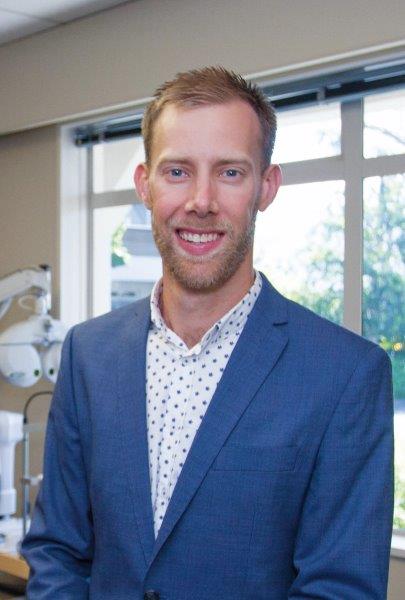
Alex Petty is a New Zealand optometrist based at Bay Eye Care in Tauranga, with a particular interest and knowledge in speciality contact lenses, ortho-k and myopia control. He is vice-president of the Orthokeratology Society of Oceania and a founding member of the NZ Myopia Action Group (NZMAG).








